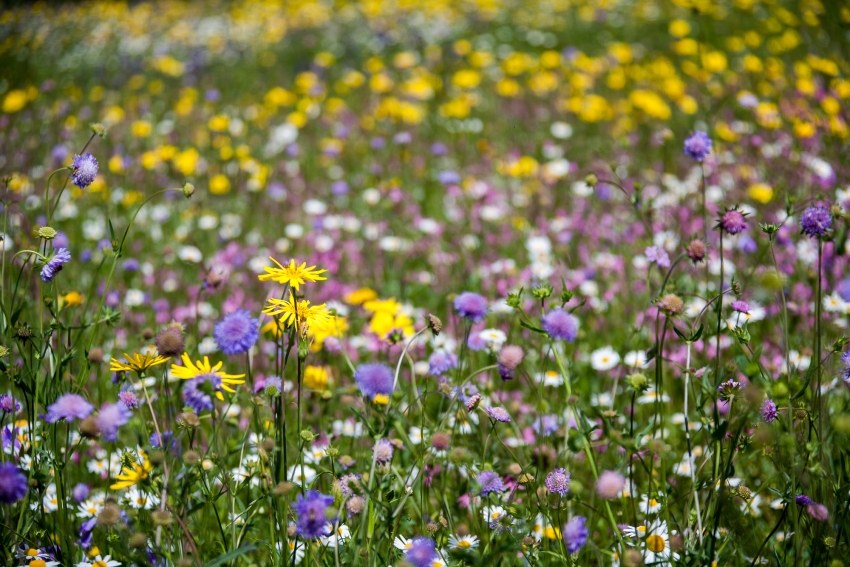The Triglav National Park area is botanically very diverse and is considered a real botanical treasure trove of common and unusual plant species, in an article entitled What does nature offer us and how did our ancestors know how to take advantage of it? In the latest issue of the World under Triglav, Andreja Papež Kristanc from the Institute for Applied Botany, Divji vrt, describes.
Where did the term "clog" come from?
Our ancestors, dependent on the local environment and their different rhythms of life, studied various plants in detail and used them in every way that made sense. Foraging was an important part of people's lives. They gathered food for humans and fodder for animals, medicinal plants and plants used for other purposes (e.g. wickerwork, dyeing cloth, making wooden products).
"Our ancestors often used moss to seal the cracks in their dwellings, hence the expression 'to plug something up'. Although moss was not used for this purpose alone," the author of the article points out. Wounded shepherds and soldiers sometimes used peat moss to treat bleeding or infected wounds.
Natural resources were particularly valued in times of scarcity
People especially valued natural resources in times of scarcity. "In the First World War, soldiers in the Krkonoše mountains could hardly wait for spring before they could eat beech leaves in the Kobariškės valley. Data from ethnological literature show that during both wars and shortly after the Second World War, due to a shortage of fat, beech oil was pressed in Slovenia, and in 1947 almost 50 000 litres of beech oil were pressed,' the author of the text states.
The full article can be read on page 20 of Svet pod Triglavom, which is available here.
The World under Triglav is for residents, visitors, enthusiasts and supporters. It is free for park residents and available at Triglav National Park information centres.

